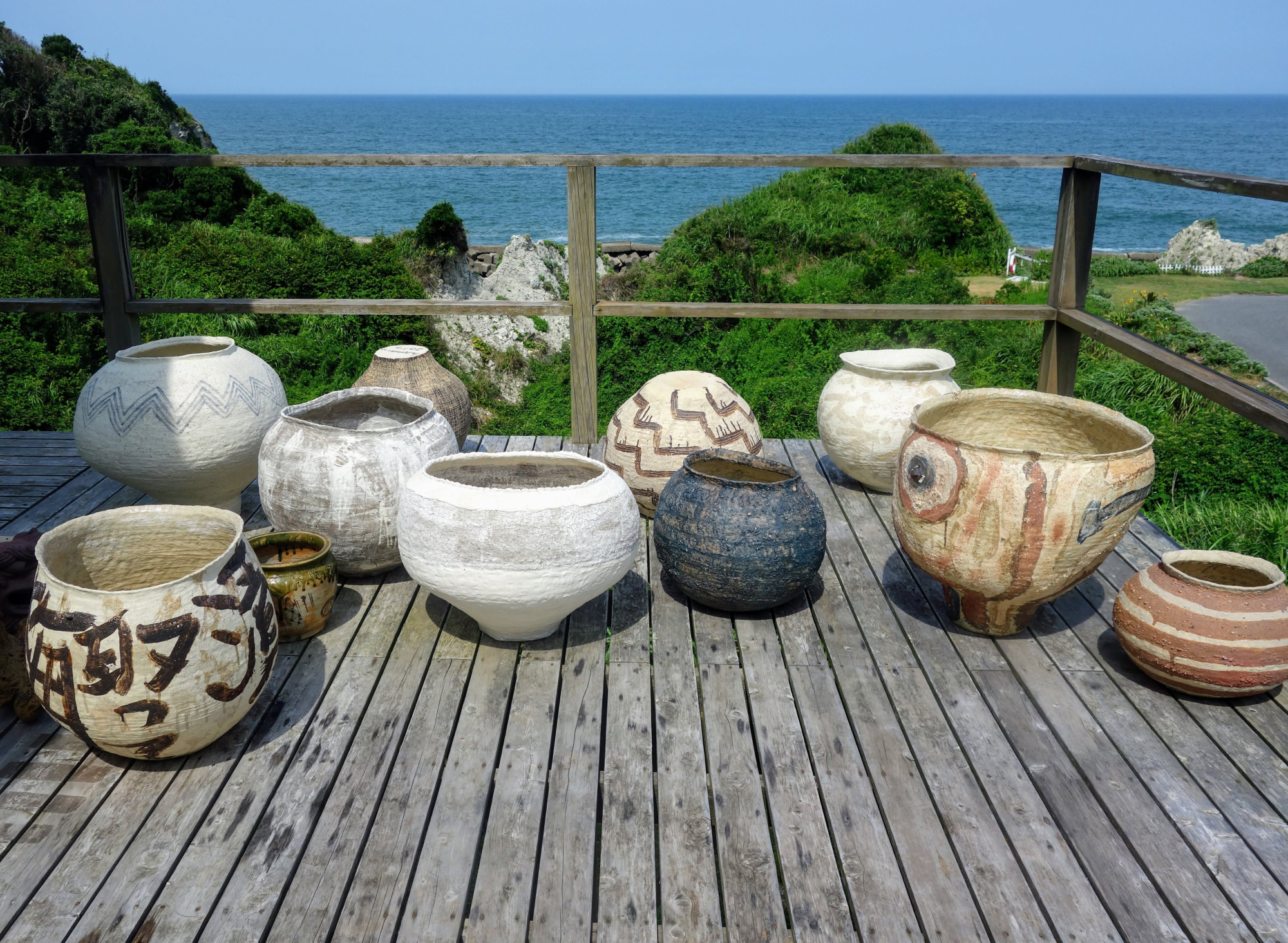Relaxing in the kitchen of his water-side home in Isumi, a small quiet city in Chiba Prefecture, artist Kazunori Hamana is surrounded by jars of homemade umeboshi (pickled plums) and unusual items from around the world, including a hand-tailored Japanese-style coat, traditional masks and artworks by admired friends.
"Japan is so ugly, so ugly sometimes!" he exclaims, half laughing, but half serious, as he looks out across his balcony to the calm sea. It's a hot summer's day and the breeze is welcome; the ugliness he laments seems a world away.
Once a vintage clothing seller in Tokyo's Harajuku neighborhood, Hamana, inspired by a love for the craftsmanship and deep hues of natural indigo dye, now creates large tsubo (jars) from clay. Though he's had no formal training — he points to a 16th-century pot when asked who his teacher was — he has become a highly sought-after artist. Selected by Takashi Murakami for a New York exhibition alongside two other Japanese ceramicists, his pieces now sell across the world, either freshly fired or aged for years before being repaired and exhibited in galleries.



















With your current subscription plan you can comment on stories. However, before writing your first comment, please create a display name in the Profile section of your subscriber account page.